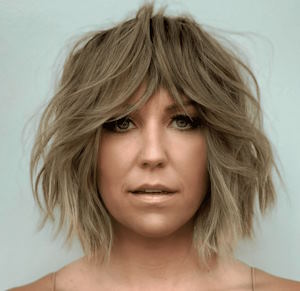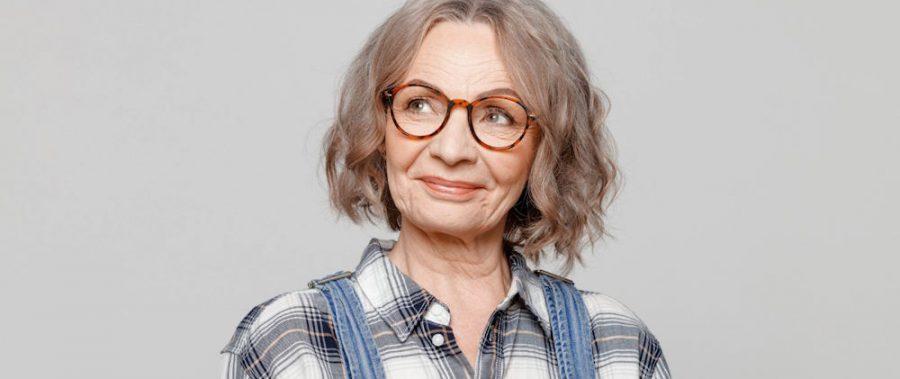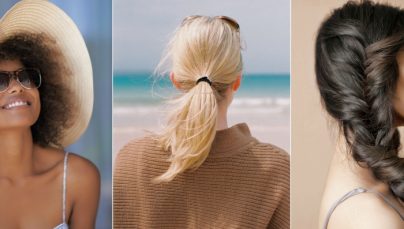Shag hairstyles have made a notable comeback in recent years, providing a fresh and trendy option for those looking to add volume and movement to their hair. For individuals with fine hair, this style can be particularly transformative. Shag hairstyles for fine hair offer a versatile and contemporary approach to hair styling, allowing individuals to embrace their natural texture while enjoying the benefits of layers and texture that enhance their overall look.
Layering Techniques for Fine Hair in Shag Hairstyles
In shag hairstyles for fine hair, layering techniques play a crucial role in adding volume, texture, and dimension. Here’s an overview of four effective layering methods:
Point Cutting Technique
 Description and Method: Point cutting is a precise technique where the stylist uses the tips of the scissors to cut small notches into the ends of the hair. This creates a jagged, feathered effect, breaking up blunt ends.
Description and Method: Point cutting is a precise technique where the stylist uses the tips of the scissors to cut small notches into the ends of the hair. This creates a jagged, feathered effect, breaking up blunt ends.- How it Adds Texture and Volume: By varying the length of the hair slightly, point cutting adds subtle layers that lift and separate strands, creating an illusion of thicker hair with more movement and volume.
Slide Cutting Technique
- Description and Method: Slide cutting involves gently gliding the scissors along the hair shaft while holding the hair taut. This technique creates soft, blended layers without harsh lines.
- Impact on Fine Hair and Style: Slide cutting helps fine hair appear fuller by adding depth and texture. It also allows for a smooth, natural transition between layers, resulting in a cohesive shag hairstyle.
Face-Framing Layers
- How to Achieve the Look: Creating face-framing layers involves cutting hair around the face at different angles and lengths. This technique accentuates facial features and draws attention to the eyes and cheekbones.
- Enhancing Facial Features: By shaping the hair to complement the face, this technique can enhance natural beauty while adding structure and definition to fine hair.
Razoring Technique
- Description and Method: Razoring uses a special razor tool to slice through the hair, creating a textured, tapered effect. This technique can be used to create dramatic layers or soft, feathered ends.
- Benefits and Potential Drawbacks for Fine Hair: Razoring can add a sense of airiness and movement to fine hair, but it should be used cautiously as excessive razoring can lead to frizz or damage in delicate hair types.
Choosing the Right Layering Technique for Fine Hair
When it comes to choosing the right layering technique for fine hair in a shag hairstyle, there are several factors to consider to achieve the best results:
Considerations for Different Hair Types and Lengths
 Hair Type: Fine hair requires special attention to avoid thinning or weighing it down. Certain layering techniques may be more suitable depending on the natural texture and condition of the hair.
Hair Type: Fine hair requires special attention to avoid thinning or weighing it down. Certain layering techniques may be more suitable depending on the natural texture and condition of the hair.- Hair Length: Longer fine hair can benefit from deeper layers, while shorter styles may require lighter, face-framing layers to add dimension without sacrificing volume.
Matching Techniques with Individual Style and Preferences
- Personal Style: Consider your personal aesthetic and desired look. For a modern, edgy appearance, razoring or point cutting might be ideal. For a more classic style, slide cutting and gentle layering may work better.
- Maintenance Level: Some techniques, like razoring, require more maintenance to keep the hair healthy and looking its best. Choose a method that aligns with the level of care you’re willing to invest.
Consulting with a Professional Stylist
- Expertise: A professional stylist can provide valuable insight into which layering techniques will work best for your specific hair type and desired style.
- Customization: Stylists can tailor techniques to suit your individual needs, ensuring that the final look enhances your natural features and boosts your confidence.







